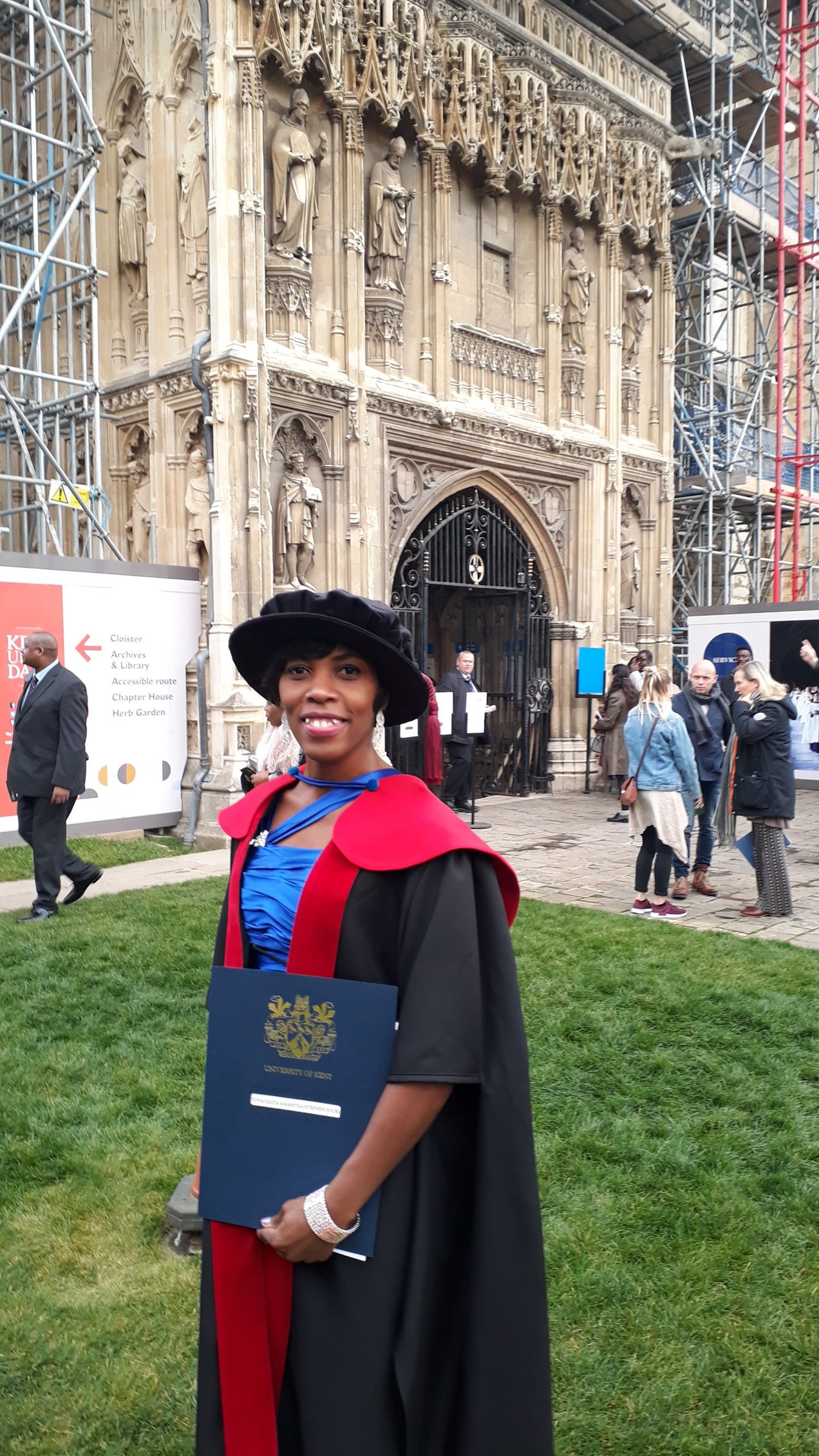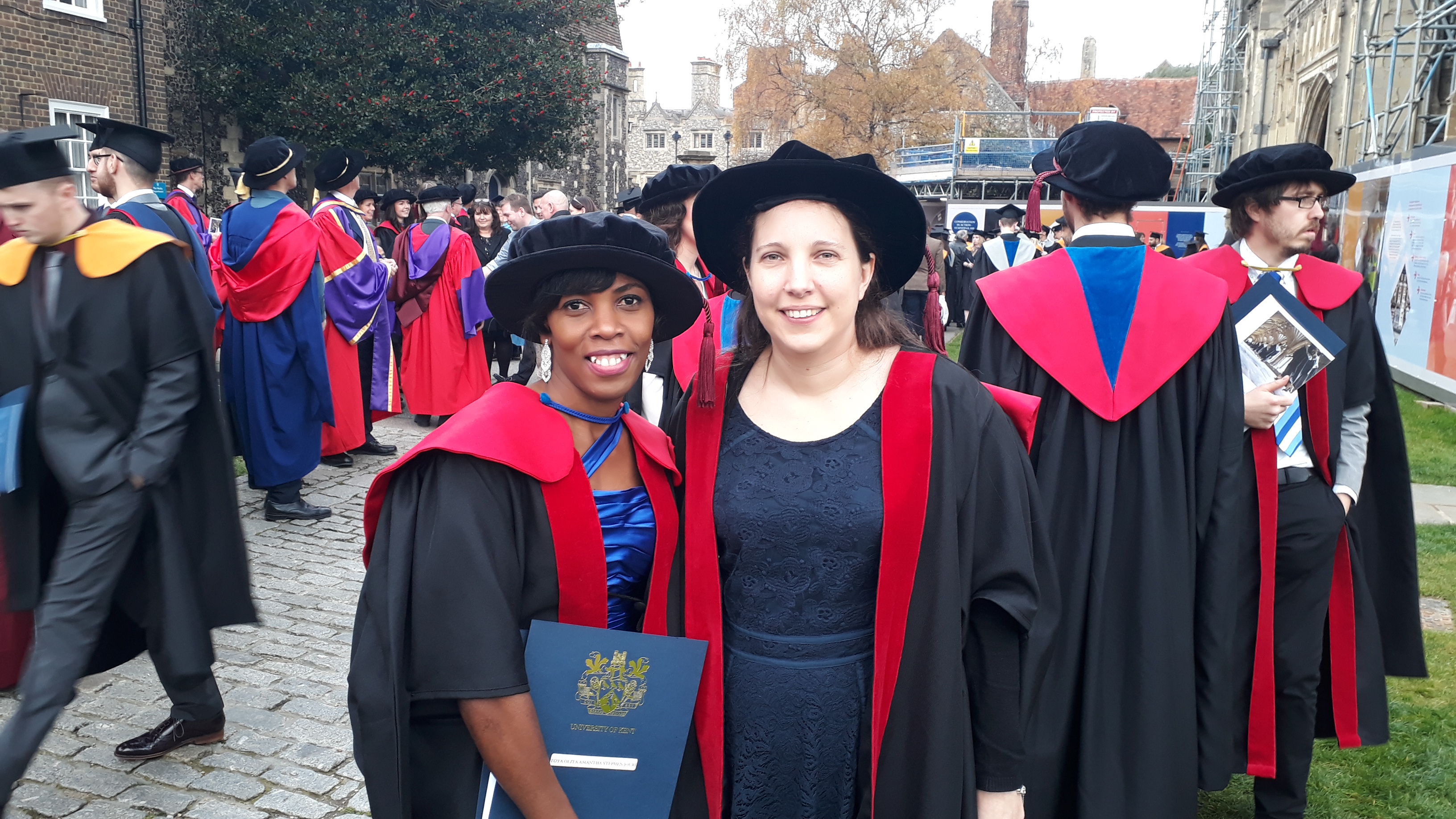In April Daniel gave a talk on The emergence of mutualistic relationships in communities of competing ecosystem engineers at Models in Population Dynamics, Ecology, and Evolution in Leicester.
Talk Abstract:
Ecosystem engineers, species which significantly modify their habitats, play a disproportionate role in shaping the composition, and character, of the ecological communities of which they are a part. In particular, by creating and maintaining an atypical habitat (e.g. a coral reef), they support communities that are uniquely adapted to that habitat. Studies of these species have focused either on capturing the effect of ecosystem engineering activity on its own survival (or invasion) chances, or on interactions between ecosystem engineers with antithetical preferred habitats. Far less is known about how these species interact when they engineer compatible habitats.
In this study, we use a simple mathematical model, inspired by the classical competitive Lotka-Volterra system and the more recent work of Hastings and Cuddington, to investigate such interactions. While a species is always able to attain a higher population in a single species community, greater habitat improvements (and indeed higher total populations) can be attained in multi-species communities. Furthermore, species spread is often fastest in such communities. Thus ecosystem engineering facilitates a form of mutualism.


